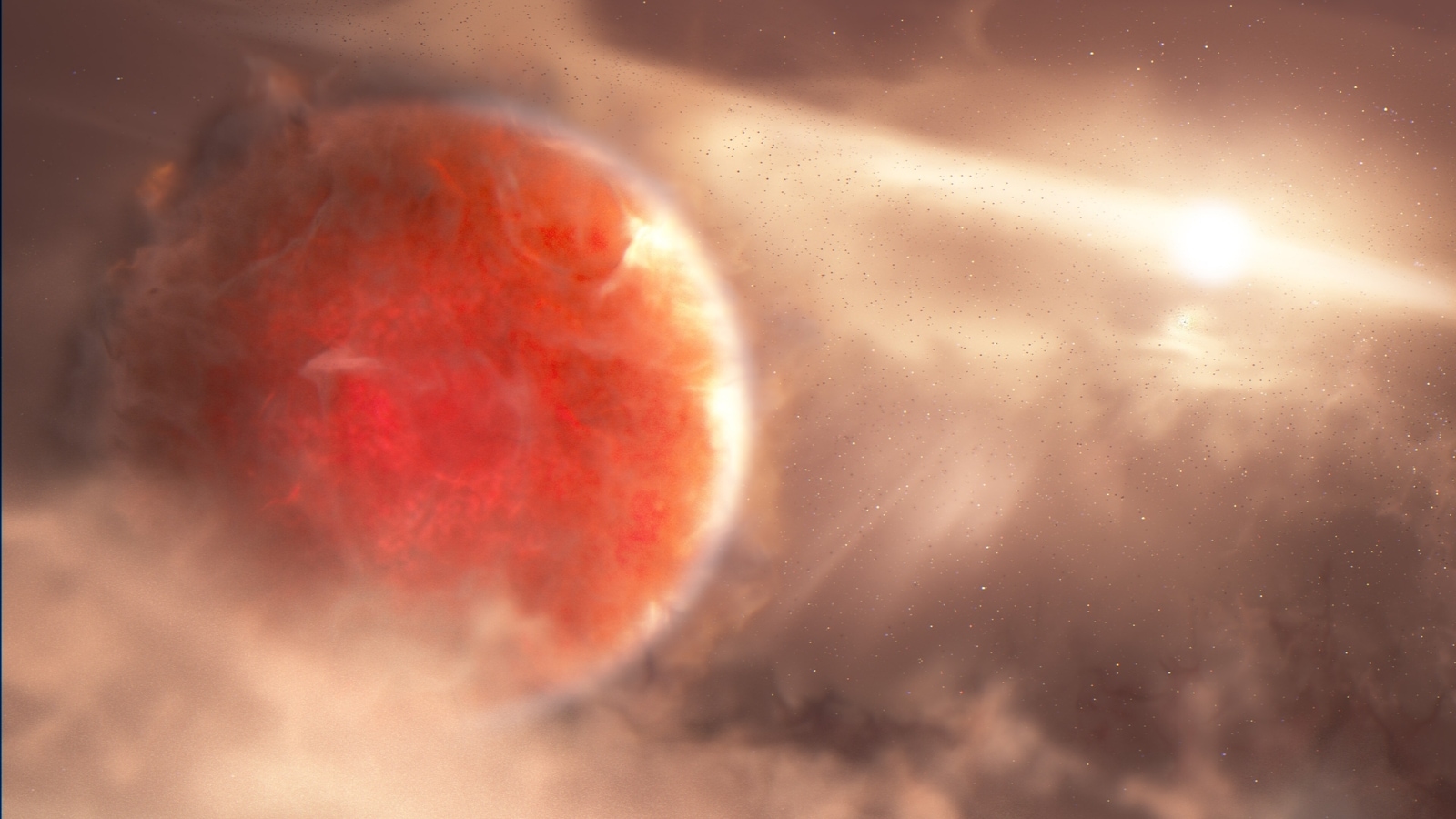Brilliant! NASA photo shows planet being BORN; Hubble Telescope indicates it is 9x of Jupiter
An awesome NASA photo, taken by Hubble Telescope, shows a planet being born. It is virtually in the womb.

Hubble Telescope, operated by NASA as well as the Subaru Telescope have captured the a STUNNING formation of a planet. The NASA photo shows a planet virtually in the womb itself for all intents and purposes. It is gas giant in the earliest stages of birth. The study published on Monday in the journal Nature Astronomy states that the baby exoplanet was photographed about 508 light-years outside of our solar system. The lead author of this study and astrophysicist Thayne Currie of the Nasa-Ames Research Center said, “We find evidence for a Jovian protoplanet around AB Aurigae orbiting at a wide projected separation (~93 au), probably responsible for multiple planet-induced features in the disk.” However, it is still very early on in its ‘birthing' process.
A planet that is still in the process of formation is known as a protoplanet. The Hubble Space Telescope has identified two structures located at 430–580 au, the candidate sites of planet formation. AB Aurigae, however, is nearly three times as far as Neptune from the Sun and 93 times farther than Earth's distance.
There's one more piece of evidence that suggests the formation of an exoplanet through a top-down gravitational collapse of clouds of gas, instead of the more commonly-observed gradual accumulation of dust and rocks.
Astronomers have also proposed that planet may be forming due to cooling down of the disk around its sun. This may cause gravity to fragment into one or more massive clumps that form into planets. The planet is already nine times the mass of the giant planet Jupiter and is one of the largest gas giant exoplanets astronomers have ever observed. Had it been slightly larger, it would have fallen into the category of a brown dwarf, or a celestial body between a planet and a star.
Notably, if our own Jupiter had been much larger than what it is, it could have had a shot at becoming a Sun itself. However, it never reached that kind of mass and is now categorised as a failed star. Jupiter has the same ingredients as a Sun- hydrogen and helium.
Catch all the Latest Tech News, Mobile News, Laptop News, Gaming news, Wearables News , How To News, also keep up with us on Whatsapp channel,Twitter, Facebook, Google News, and Instagram. For our latest videos, subscribe to our YouTube channel.





























